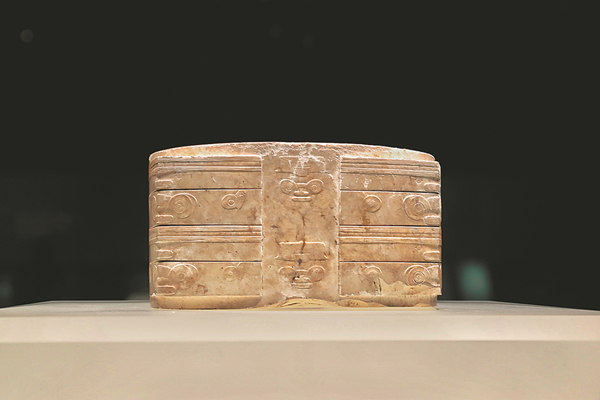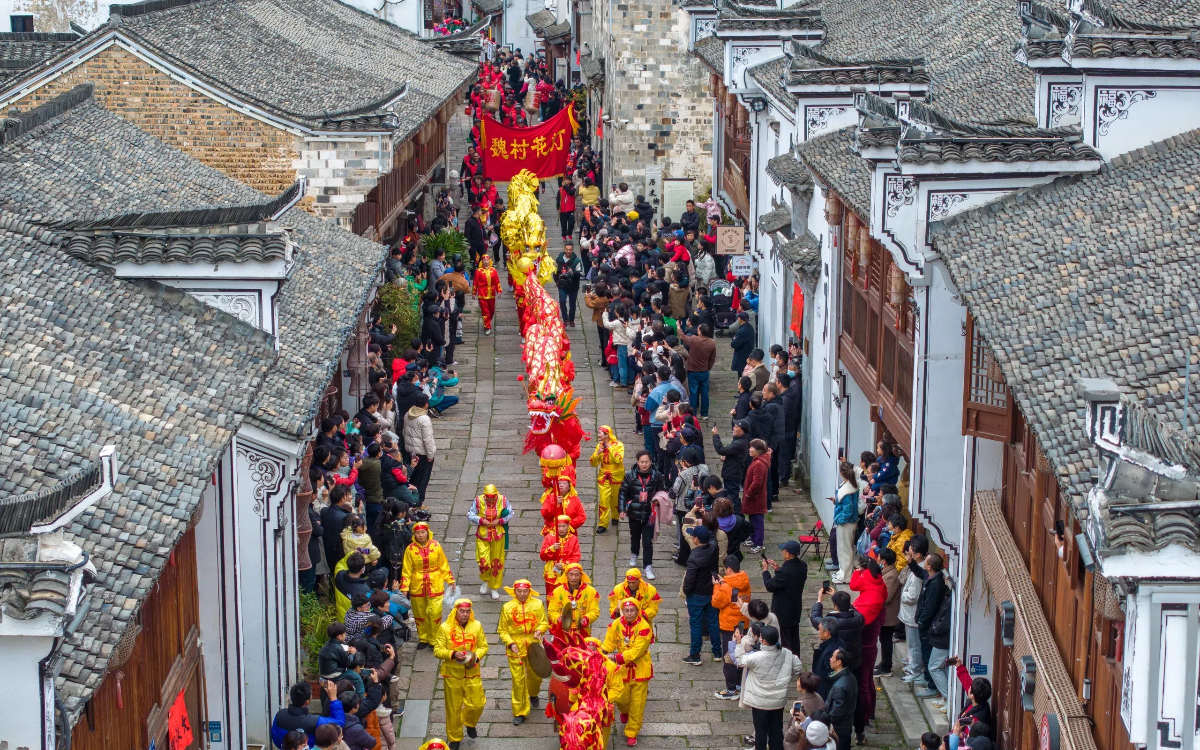Zhejiang authorities highlight archaeology cause
The Information Office of Zhejiang Provincial People's Government hosted a news conference themed "Zhejiang Archaeology and Chinese Civilization" in the provincial capital of Hangzhou on Nov 9.
At the conference, Yang Jianwu, director of Zhejiang Administration of Cultural Relics, gave a presentation about how archeological discoveries in Zhejiang have significantly contributed to the exploration of Chinese civilization and beyond. Yang also spoke of Zhejiang authorities' future development plans for archaeology.
The discovery of the Shangshan Culture relics site in Pujiang county in 2000 has proved that Zhejiang is one of the first places in the world to plant rice. Shangshan Culture dates back to around 11,000 years ago.
The Archaeological Ruins of Liangzhu in Hangzhou was first discovered in 1936 before it became a UNESCO World Heritage Site in 2019. Liangzhu Culture, dating to around 3000 BC, featured a kingdom with prosperous cities, a unified belief system, and a late Neolithic agriculture society centered on rice plantation, challenging Western scholars' long-held view that the duration of Chinese civilization is shorter than 4,000 years.
A series of archaeological excavations have verified Zhejiang's position as the manufacturing center of celadon in ancient times.
Looking ahead, Zhejiang authorities plan to highlight the province's role as a "Morning Star" for Chinese civilization through further archaeological excavations and studies, as well as promote the province's representative cultural brands such as world culture heritage sites, Song Dynasty culture, and Jiangnan culture. Plans also involve establishing world-class archaeological institutes and research teams that would be influential on the global stage.

A jade work is among the findings unearthed from Liangzhu Archaeological Ruins. [JIANG DONG/CHINA DAILY]





 play
play